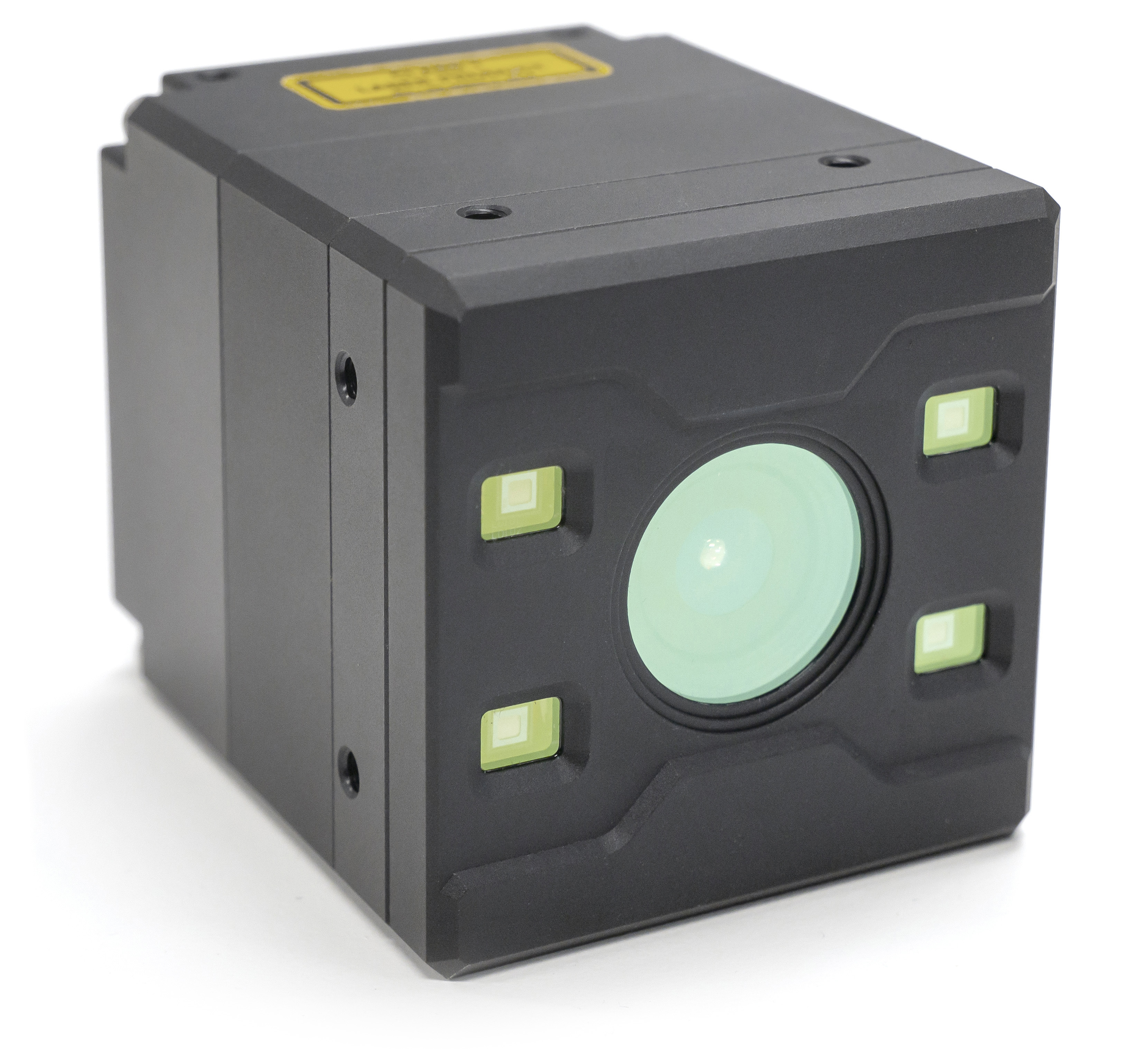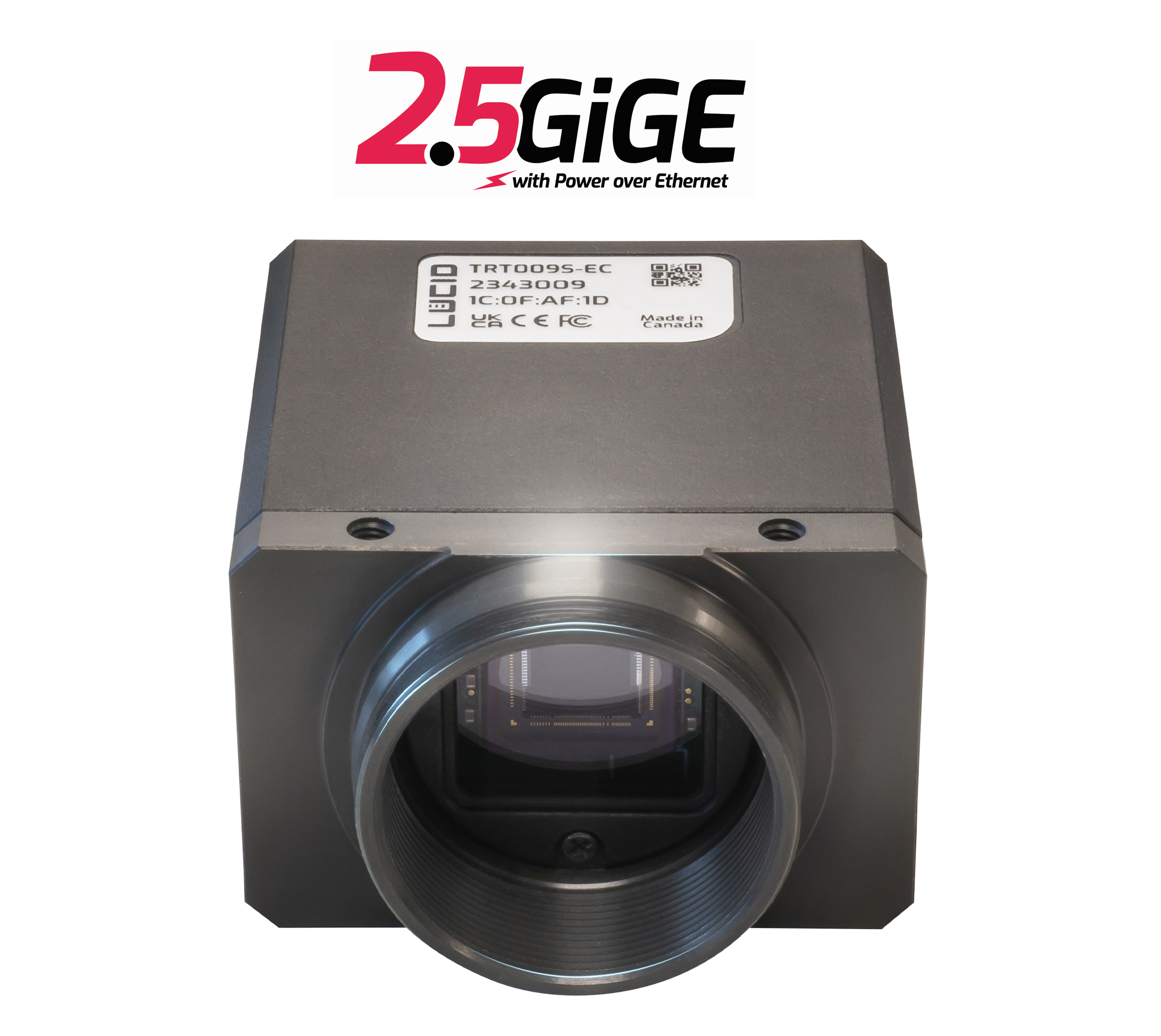LUCID Vision Labs GmbH from Ilsfeld presents the new »Helios2 Wide 3D Time-of-Flight Camera«, which uses a DepthSense™ IMX556PLR Back-Illuminated ToF image sensor from Sony and a wide angle lens with a viewing angle of 108º. The system is particularly suitable for applications with a short working distance and large working area, such as full-size palletizing applications. The 3D camera delivers a depth resolution of 640 x 480 pixels at a working distance of up to 8.3 meters and a frame rate of 30 fps.
The time-of-flight method uses a laser diode to emit light and a camera to record the reflection of the illuminated object, similar to the principle of radar. It measures the time of flight of the reflected signal and the distance from the reflecting surface can be determined for each pixel in the camera sensor. This allows a complete two-dimensional height image to be captured in just a few milliseconds. This image data is then converted into a 3D model of the object.
The Arena Software Development Kit (SDK) developed by LUCID provides a variety of control elements for the camera. For example, the intensity and depth of a scene can be displayed in either a 2D view or a 3D point cloud view, manipulated and aligned in real time. Settings can be adjusted and displayed in real time, such as false color overlay and depth ranges.

